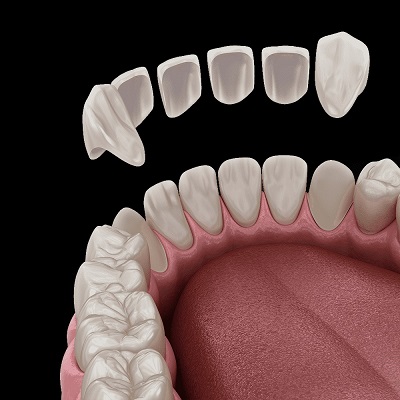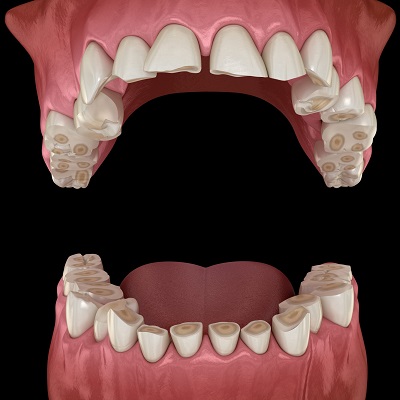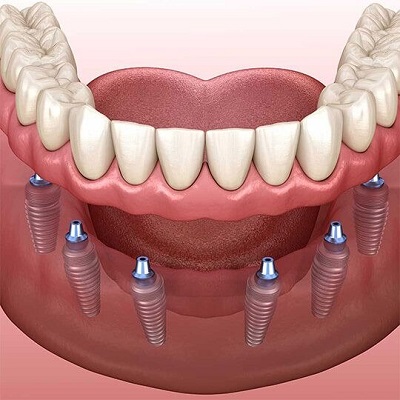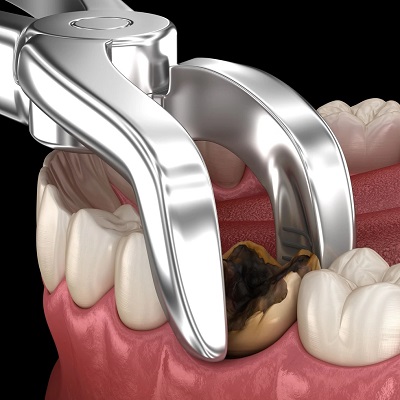 Guaranteed SEO Boost: Triple Your Rankings with Backlinks starting at 5$
Guaranteed SEO Boost: Triple Your Rankings with Backlinks starting at 5$
Common Misconceptions About Root Canals: An Endodontist’s Perspective
Written by anaya george » Updated on: October 05th, 2024
Root canals are one of the most misunderstood dental procedures. Endodontists in Dubai, they play a crucial role in saving teeth and relieving pain. Unfortunately, myths and misconceptions about root canals persist, often leading to unnecessary fear and anxiety. In this article, we’ll explore some of the most common misconceptions about root canals and provide insights from an endodontist’s perspective to help clarify the facts.
Misconception 1: Root Canals Are Extremely Painful:
The Reality: Root Canals Relieve Pain, Not Cause It:
One of the most pervasive myths about root canals is that they are excruciatingly painful. This misconception likely stems from outdated practices and fear of dental procedures in general. In reality, a root canal is designed to alleviate the severe pain caused by an infected or inflamed tooth.
Modern advancements in anesthesia and dental techniques have made root canal procedures relatively painless. Most patients report that the experience is no more uncomfortable than getting a standard filling. The pain associated with a root canal is often due to the infection that necessitates the procedure, not the treatment itself.
Misconception 2: Root Canals Cause Illness:
The Reality: Root Canals Are Safe and Do Not Cause Systemic Diseases:
A myth that has been widely circulated, particularly on the internet, is that root canals can lead to systemic illnesses such as heart disease, kidney disease, or arthritis. This misconception dates back to debunked studies from the early 20th century that suggested a link between root canals and chronic diseases.
Contemporary scientific research has thoroughly discredited these claims. Root canals are a safe and effective way to treat tooth infections, and there is no credible evidence to suggest that they cause systemic health issues. The goal of a root canal is to remove harmful bacteria from the tooth, thereby preventing the spread of infection and preserving the tooth’s health.
Misconception 3: It’s Better to Pull a Tooth Than Have a Root Canal:
The Reality: Preserving Natural Teeth Is Always the Best Option:
Some people believe that extracting a tooth is a better solution than undergoing a root canal. However, this is a significant misconception. Whenever possible, it is best to preserve your natural teeth. Extraction should be the last resort, only considered when a tooth is beyond repair.
A root canal allows you to keep your natural tooth, which maintains the integrity of your bite and jawbone. Tooth extraction, on the other hand, can lead to a host of other dental problems, such as shifting teeth, bone loss, and the need for more complex restorative procedures like implants or bridges. Root canals have a high success rate, and a treated tooth can last a lifetime with proper care.
Misconception 4: Root Canals Are Only Necessary If You Have Severe Pain:
The Reality: Not All Teeth Needing Root Canals Are Painful:
Many people assume that root canals are only needed if a tooth is causing severe pain. While pain is a common symptom of a tooth infection or nerve damage, it is not the only indicator that a root canal may be necessary. In some cases, a tooth that requires a root canal may not cause any pain at all.
Symptoms such as prolonged sensitivity to hot or cold, discoloration of the tooth, or swelling in the gums can also indicate the need for a root canal. Additionally, some infections are asymptomatic and can only be detected through X-rays during a dental examination. It’s important to address these issues early to prevent the infection from spreading and causing further damage.
Misconception 5: Root Canal Treated Teeth Don’t Require Further Care:
The Reality: Ongoing Care Is Essential for Root Canal Treated Teeth:
There is a misconception that once a tooth has undergone a root canal, it no longer requires special care. However, just like your other teeth, a root canal-treated tooth still needs proper oral hygiene and regular dental checkups.
After a root canal, the tooth is typically restored with a crown or filling to protect it from future damage. It’s important to maintain good oral hygiene, including brushing, flossing, and visiting your dentist regularly, to ensure the longevity of the treated tooth. Neglecting oral care can lead to new infections or other complications, even in teeth that have been treated with a root canal.
Misconception 6: Root Canals Take Multiple Visits to Complete:
The Reality: Most Root Canals Can Be Completed in a Single Visit:
Many people believe that root canals require multiple visits to the dentist, which can be time-consuming and inconvenient. While some complex cases may require more than one visit, most root canals can be completed in a single appointment.
Advancements in dental technology and techniques have streamlined the root canal process, allowing for quicker and more efficient treatments. Your endodontist will determine the number of visits needed based on the complexity of your case, but rest assured that many root canals are completed in just one visit.
Misconception 7: Root Canals Are Only for Older Adults:
The Reality: Root Canals Are Necessary for Patients of All Ages:
Root canals are often associated with older adults, but the need for this procedure can arise at any age. Tooth decay, injury, or infection can affect anyone, regardless of age. Children, teenagers, and young adults can all require root canal treatment if the pulp of their tooth becomes infected or damaged.
For younger patients, preserving natural teeth is particularly important for maintaining proper dental alignment and oral development. An endodontist will carefully assess the situation and recommend the best course of treatment to save the tooth.
Misconception 8: A Root Canal Will Weaken the Tooth:
The Reality: A Properly Restored Tooth Is Strong and Durable:
Some people worry that a tooth treated with a root canal will be weak and prone to breaking. While it’s true that a tooth can become more fragile after the removal of the pulp, the application of a crown or filling reinforces the tooth’s structure and restores its strength.
With modern restorative materials and techniques, a root canal-treated tooth can be just as strong and functional as your other teeth. Following your dentist’s recommendations for protecting and caring for the tooth will help ensure its long-term durability.
FAQs:
1. Is there an alternative to a root canal?
In some cases, endodontic surgery or tooth extraction may be considered, but these are typically last-resort options. A root canal is often the best way to preserve the natural tooth and avoid more invasive procedures.
2. How long does a root canal take?
Most root canals take about 60 to 90 minutes to complete. Complex cases may require additional time or multiple visits.
3. Will I need a crown after a root canal?
In most cases, a crown is recommended to protect and strengthen the tooth after a root canal. However, this depends on the tooth’s location and condition.
4. How can I prevent the need for a root canal?
Good oral hygiene, regular dental checkups, and prompt treatment of cavities or injuries can help prevent the need for a root canal.
5. What should I do if I’m scared of getting a root canal?
Talk to your dentist or endodontist about your concerns. They can explain the procedure, offer sedation options, and provide reassurance to help ease your anxiety.
Conclusion
Root canals are often misunderstood, leading to unnecessary fear and anxiety. By debunking these common misconceptions and understanding the true nature of the procedure, patients can approach root canal treatment with confidence. With the help of an experienced endodontist, root canals are a safe, effective, and often pain-relieving way to save your natural teeth and maintain your oral health.
Disclaimer:
We do not claim ownership of any content, links or images featured on this post unless explicitly stated. If you believe any content or images infringes on your copyright, please contact us immediately for removal ([email protected]). Please note that content published under our account may be sponsored or contributed by guest authors. We assume no responsibility for the accuracy or originality of such content. We hold no responsibilty of content and images published as ours is a publishers platform. Mail us for any query and we will remove that content/image immediately.
Copyright © 2024 IndiBlogHub.com. Hosted on Digital Ocean







